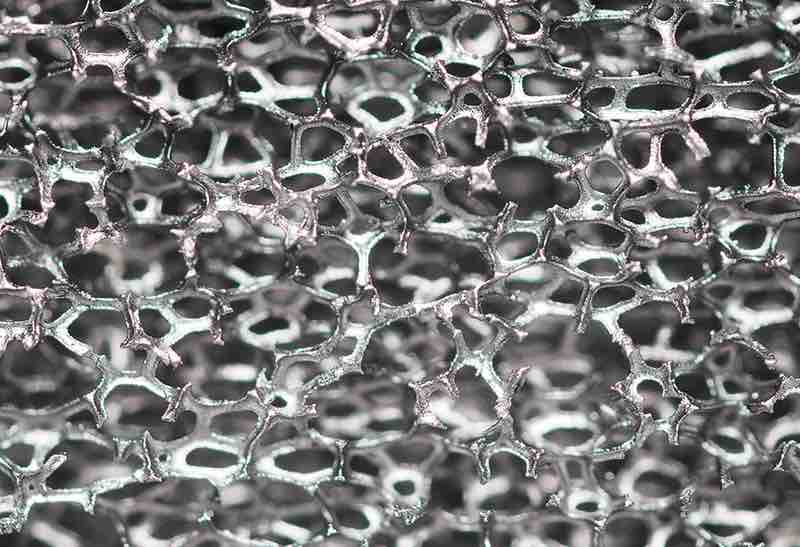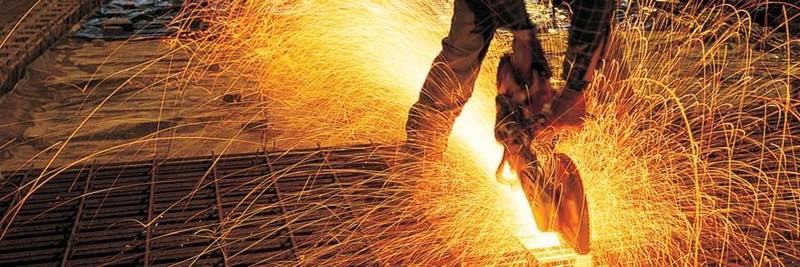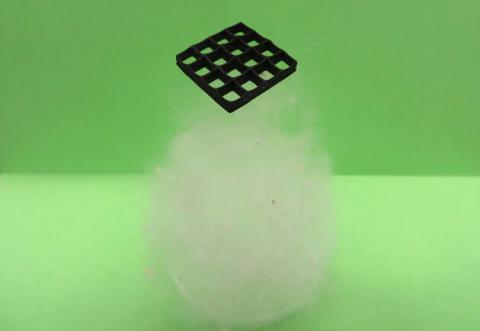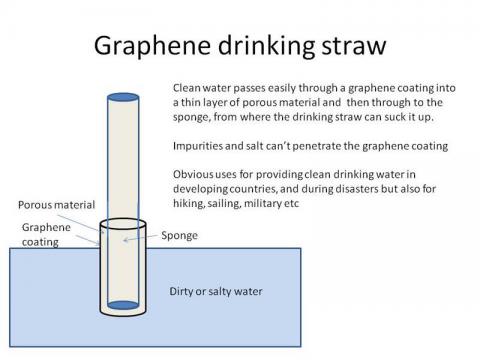Interesting Applications Of Graphene Foam
Graphene is one of the most remarkable compounds ever created, and it is even a Noble Prize in Physics. The two key features that make it stand out are its mechanical strength as well as its ease of conducting electricity with little resistance. Let us look at one of the variations of this compound, which is the graphene foam, and elaborate on a few the main graphene uses.
How is Graphene Foam Created? The main objective with graphene production has largely been towards building larger sheets. However, graphene foam uses a unique production. The first thing you need is metal foam consisting of a 3D mesh of various metal filaments.
It is in this foundation that the graphene will be developed through the standard methods like vapour deposition. Afterwards, the metal filaments are processed away resulting in a 3D mesh of graphene foam.
 Graphene Foam 3D graphene on nickel foam
Graphene Foam 3D graphene on nickel foam
Top Graphene Uses
The graphene foam is both mechanically tough and very flexible. Listed below are some of the main applications of this type of graphene:
1. Battery electrode – The resulting graphene foam has several important properties that support its application in creating a battery electrode. Some of these properties include a big surface area that provides plenty of space for exchanging of electrons between charge carriers and remarkable conductivity. Graphene flakes also happen to be quite light weight.
An innovative battery design that uses graphene foam can help produce a top quality product. It is based on current lithium technology, and it has the same capacity to weight ratio like regular batteries. However, it can discharge and charge very quickly like a capacitor, having the ability to discharge in roughly 20 seconds. An additional bonus of this graphene battery is that it is also flexible and can still work fine even if you bend it.
2. Flame retardant – Most common flame-retardant materials being used today are based on metallic hydroxides, metal oxides, and polymers along with their composites. Nevertheless, these materials do not offer sufficient resistance to strong organic solvents and alkaline or acid reagents, especially when compared to graphene foam
 Gaphene foam - Gaphene foam Flame Retardent
Gaphene foam - Gaphene foam Flame Retardent
Graphene, In Its Various Forms
From graphene flakes to graphene foam, could offer flame retardant effects due to its useful properties. It is not only compressible and ultra light, but it can tolerate temperatures of close to 700°C, a significant mark that is higher than typical materials used for making fire-retardants. In addition, it can even withstand microwave radiation. This makes it especially beneficial as a light material to use in electromagnetic interference shielding in the aerospace sector. These are only a few of the numerous interesting graphene uses as more research continues to be done on graphene.

